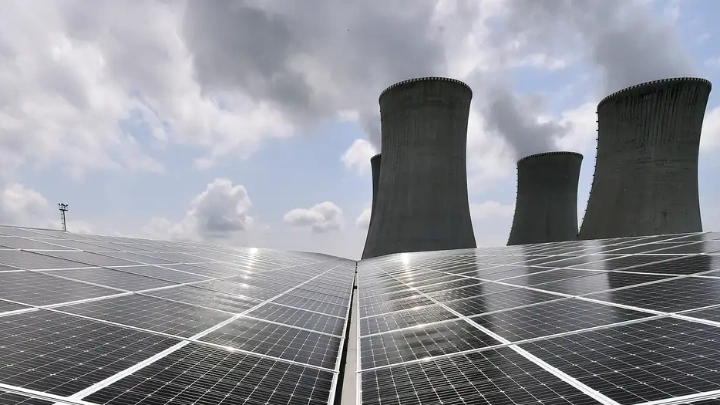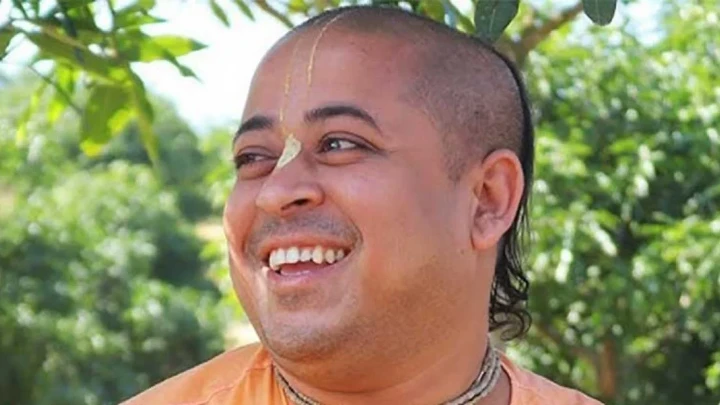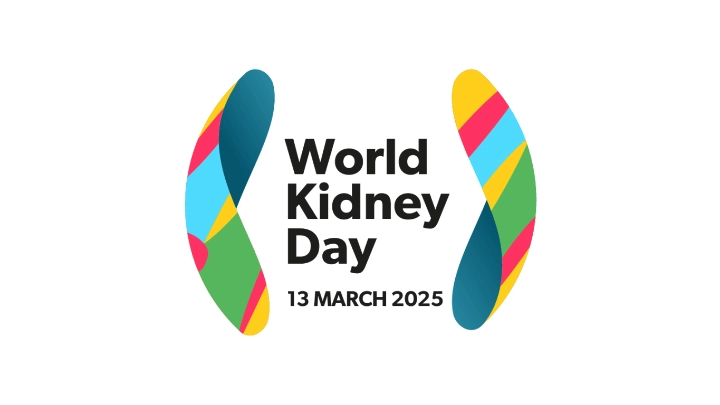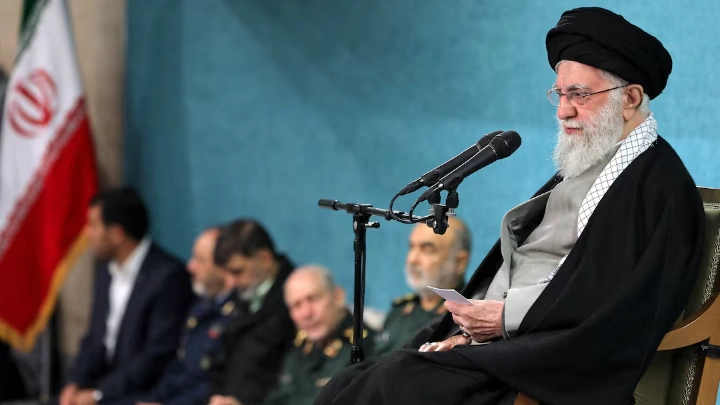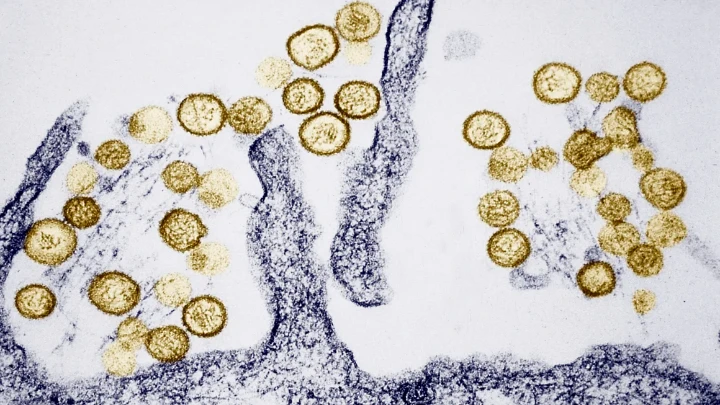What would happen if a nuclear bomb was used in Ukraine?
Shining BD Desk || Shining BD
Atomic bombs dropped on Hiroshima and Nagasaki, and meltdowns at the Chernobyl and Fukushima power plants clearly affected people's health. But experts say it's hard to predict the fallout from a nuclear war today.
When we think about the war in Ukraine and the nuclear threat that it poses, we often think of two scenarios: an accident at a Ukrainian nuclear plant or the fallout from nuclear weapons.
In the first article of this series, we looked at accidents at Japan's Fukushima nuclear power plant in 2011, and at Ukraine's Chernobyl power plant in 1986, analzying the impact those accidents had on the surrounding populations. And we compared those accidents and to what might happen in the event of fallout from an accident at the Zaporizhzhia nuclear power plant, which has been central to the ongoing conflict in Ukraine.
In this second article, we will look into the short and long-term health effects that the bombings at Hiroshima and Nagasaki had on surrounding populations in 1945.
Experts use the study of those bombings at the end of World War II to understand what might happen if a nuclear weapon were detonated today.
Nuclear fallout depends on the type of weapon
Nuclear fallout is hard to predict because it is highly dependent on how and where a weapon is used.
Weapons that detonate at high altitudes produce different effects than weapons that detonate on or in the ground, said Dylan Spaulding, a senior scientist in the Global Security Program at the US-based Union of Concerned Scientists (UCS).
"In the latter case, that's when you have to worry about fallout, because you are basically radioactively activating Earth," said Spaulding. "Whereas an airburst doesn't necessarily have the same fallout worries."
Spaulding said that different weapons can be detonated for different strategic reasons.
The detonation of a weapon in the air can kill many people at once, with less of a long-term impact on radiation in the surrounding population and environment.
The detonation of a weapon near the surface of the Earth could both kill many people at once and taint the environment and food supply for years.
This can be illustrated by the US bombings of Nagasaki and Hiroshima at the end of WWII and the 1986 Chernobyl accident in Ukraine. The attacks killed between 60-80,000 people in Nagasaki and between 70-135,000 people in Hiroshima in the months that followed.
 When atomic weapons were dropped on the city of Hiroshima in 1945, some people tried to avoid the heat by jumping into rivers, where many drowned Image: Reinhard Schultz/imago images
When atomic weapons were dropped on the city of Hiroshima in 1945, some people tried to avoid the heat by jumping into rivers, where many drowned Image: Reinhard Schultz/imago images
The bombings released about 40 times less radiation into the environment than the 1986 Chernobyl accident, but killed hundreds of thousands more people in the immediate aftermath.
Today, people can safely live in Nagasaki and Hiroshima without fear of lingering radiation, but the Chernobyl exclusion zone remains radioactive and uninhabitable.
Other effects of the 1945 bombings include an abnormally high increase in leukemia among people in surrounding areas, particularly among children. Other cancers increased, but in lower numbers.
Further long-term impacts of the radiation included increased instances of small head size, slower physical growth, and mental disability among children still in the womb when the explosions occurred some studies have suggested. This generally wasn't the case for children conceived after the bombings, as other research has shown.
Nuclear weapons are potentially more lethal now
Weapons experts distinguish between tactical and strategic nuclear weapons.
Generally, they say that tactical weapons travel short distances and can win battles, and that strategic weapons travel farther and can win wars.
The bombs used at Hiroshima and Nagasaki were considered strategic weapons at the time — the type that win wars rather than those that only win battles.
But Spaulding said that nuclear weapons have intensified to such a degree in the decades since that some of today's tactical nuclear weapons could be more intense than the strategic ones used to end WWII.
"Many of the weapons in modern nuclear arsenals are many, many times more powerful than what was used in Hiroshima and Nagasaki," Spaulding said. "In terms of yield, as much as 80 times more powerful."
So, it's hard to use the historical bombings of Nagasaki and Hiroshima as an exact guide to what might happen today but they are an indication.
 "No War, No Nukes!" in string lights in front of a Hiroshima memorialImage: Takuya Yoshino/AP/picture alliance
"No War, No Nukes!" in string lights in front of a Hiroshima memorialImage: Takuya Yoshino/AP/picture alliance
Damaged food supply could kill billions
There are, however, attempts to simulate what nuclear fallout would look like after a contemporary bombing.
Alex Wellerstein, a historian of science and nuclear weapons at the Stevens Institute of Technology in New Jersey created a website called NUKEMAP to do just that. It compares the fallout from bombs detonated in the sky with those detonated on the ground.
Then, a study published in the journal Nature in August offered some projections of what would happen to the environment, population and global food supply if Russia and the US waged a weeklong nuclear war using strategic nuclear weapons.
The authors of the study estimated that there would be 360 million immediate fatalities from the use of the weapons themselves, and over five billion people would be left without food for two years after such a nuclear war — that is around 60% of the world's population. The disruption to the food supply would be caused by massive amounts of soot emitted by fires ignited by explosions.
Researchers also attempted to model what destruction would look like in other scenarios. For example, a weeklong nuclear war in 2025 between India and Pakistan. The South Asian neighbors own far fewer nuclear weapons than the US and Russia, but the authors still predicted around 164 million fatalities and over 2.5 billion people without food for two years after such a war.
Alan Robock, a professor of environmental sciences at Rutgers University in the US, was one of the authors of the Nature study.
In earlier research, Robock estimated that the bombings at Hiroshima and Nagasaki had emitted around 0.5 teragrams of smoke. In the more recent study, he and others estimated that a US-Russia scenario would create around 150 teragrams of smoke and the India-Pakistan scenario would produce 16-47 teragrams of smoke.
Robock said the paper made predictions based on the impact of strategic weapons, "which simply means those that came from a long way away.”
"Any use of nuclear weapons can escalate into a full nuclear war between NATO and Russia, and would produce a nuclear winter," Robock told DW. "Almost all war games played with military officers result in this once nuclear weapons are used. There is not much chance that a nuclear war can be stopped once started. Panic, fear, miscommunication, and bad information would result in commanders using the weapons they have."
By Clare Roth
Shining BD



